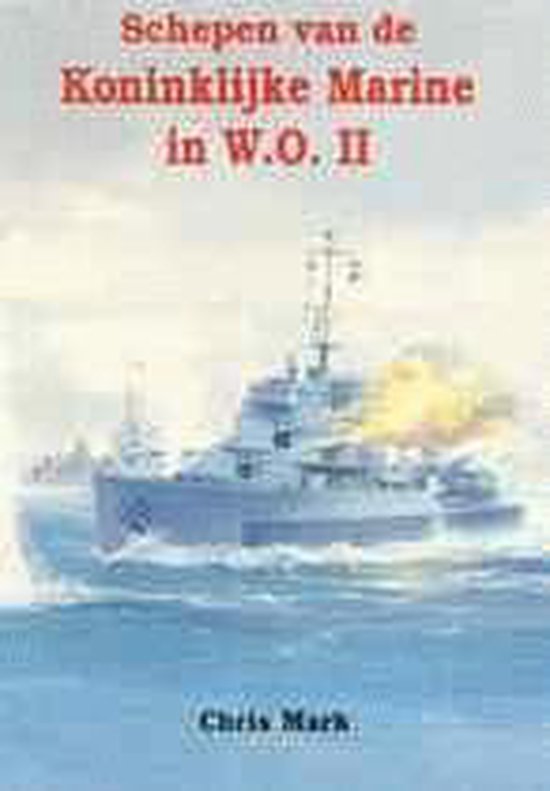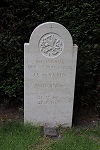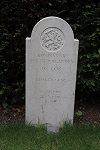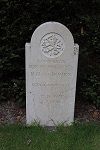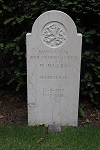Casemate Museum Kornwerderzand
In a stunning location on the Friesian side of the Afsluitdijk, near the imposing sluice gates, stands the Kazemattenmuseum Kornwerderzand. At the site of the 1940 battle with the German attackers, you can visit the bunkers used to hold back the German attackers.
Introduction
With the construction of the Afsluitdijk in 1933, Fortress Holland became vulnerable to a foreign attack over land from the east. Furthermore, it was necessary to prevent certain lock complexes from falling into enemy hands, as they played an important role in the flooding of the New Dutch Waterline. That is why it was decided, among other things, to build a scaffolding on the Afsluitdijk near Kornwerderzand. Construction started in the years 1932-1933, including seventeen heavy casemates. During the Second World War, these would be the only place in Western Europe where the German army was stopped at that time.
The German plan
The German plan was to occupy the Netherlands as quickly as possible so that troops would be redirected to Belgium and France. Fortress Holland would be attacked from all sides, including the northern route over the Afsluitdijk. The Nazis invaded the Netherlands on May 10, 1940 and arrived at Leeuwarden two days later. On May 12, after the Wons position had been captured, the Germans advanced to the casemates of Kornwerderzand.
The attack
Although the Germans were aware of the fact that the Afsluitdijk was heavily fortified with casemates, it was still decided to attempt to cross it. After two reconnaissance attempts, heavy artillery bombardment followed on May 13 and dive bombers were deployed. Despite damage to the casemates, the Dutch defense remained intact. Some German aircraft were even damaged or shot down.
The Germans refrained from a direct attack on Kornwerderzand and devised a new plan to cross the IJsselmeer with ships. The siege of Kornwerderzand was lifted and the Dutch even thought about a counterattack. However, it would not happen as on May 14 the Dutch government capitulated after the bombing of Rotterdam. The Kornwerderzand Defense Line was the only Dutch position that managed to stop the Germans.
Post-war
After the Second World War the position remained in use and was part of the IJssel Line. Control over the discharge sluices and thus the water level in the IJsselmeer remained essential to flood the northern part of the line. To repel attacks by enemy tanks, two Sherman tanks were placed in an excavated position near the position. In 1964 the line was lifted, and with it the Stelling Kornwerderzand, when the defense line was shifted to the east.
Museum
Just past the museum entrance is a monument square with memorials to the Dutch soldiers killed at this site in May 1940, to the perished crew members of the gunboat Johan Maurits, and to 2 officers who fought here and were later executed in German camps.
The Kornwerderzand open-air museum also consists of a visitor centre (where a film is shown, among other things), a route with a number of equipped casemates that can be visited and a guardhouse. Finally, there is also a small eatery.
For current visiting hours, please visit the website of the museum.
Do you have more information about this location? Inform us!
Source
- Text: Cheapskatetravel.nl
- Photos: Arjan Vrieze
Related books
Nearby
Point of interest
- Liberation Route Marker 645: Frisian resistance! - Kornwerderzand
- Information Sign 'The enemy did not pass here' - Kornwerderzand
- MAZA complex Harlingen - Harlingen
Monument
- Memorial Killed Soldiers May 1940 - Kornwerderzand
- Memorial C.F.J. Boers and Q.J. Ham - Kornwerderzand
- Monument Lockheed Hudson FK790 - Kornwerderzand
Cemetery
- Commonwealth War Graves Protestant Churchyard Makkum - Makkum
- Dutch War Graves Protestant Churchyard Makkum - Makkum
- Polish War Grave Protestant Churchyard Makkum - Makkum
Remembrance Stone
Fortification
- Stelling Kornwerderzand - Casemate IV - Kornwerderzand
- Stelling Kornwerderzand - Casemate III - Kornwerderzand
- German Anti-tank Casemate - Kornwerderzand

